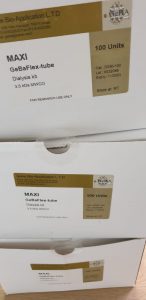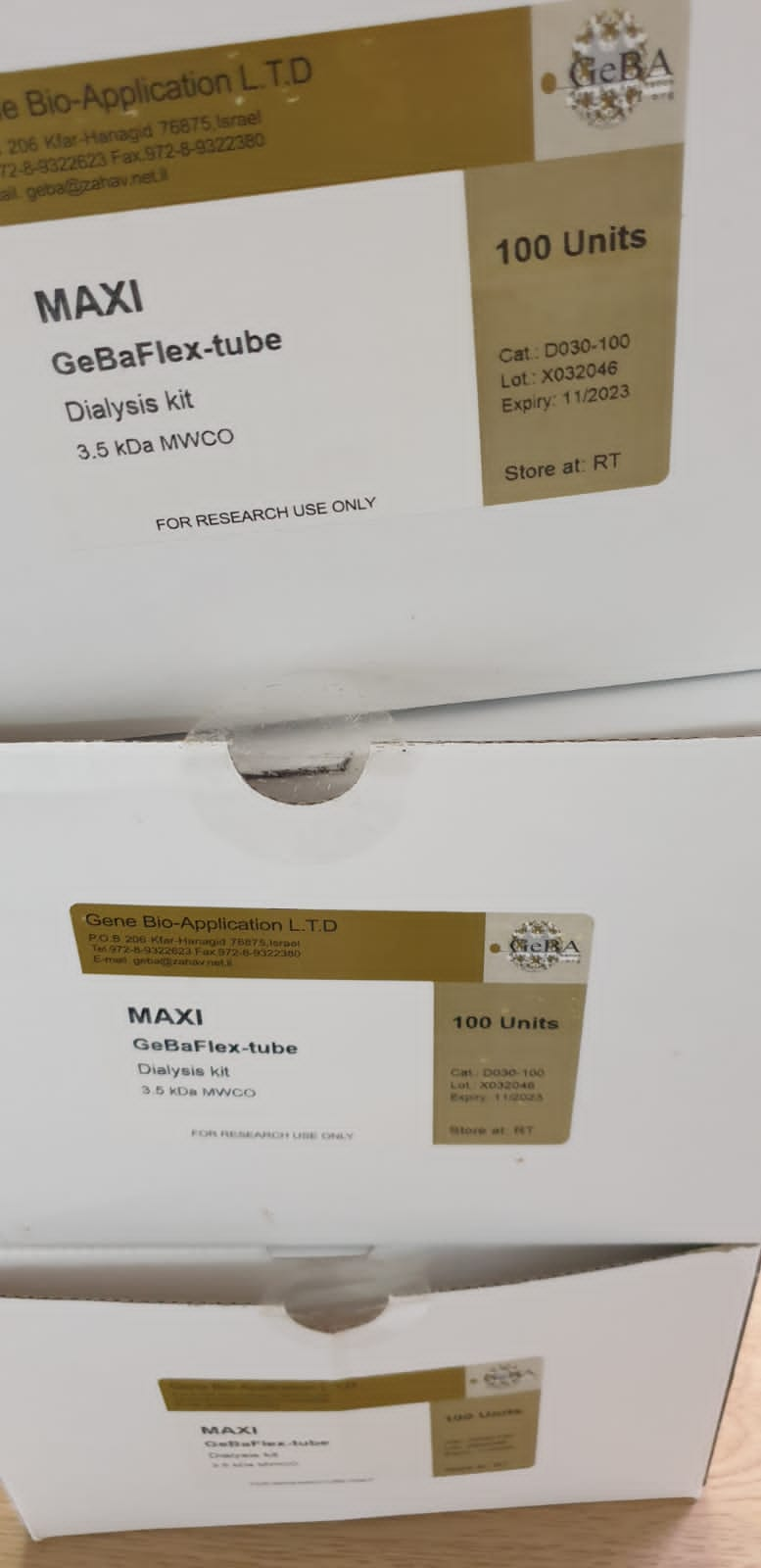Nonalcoholic fatty liver illness (NAFLD) is characterised by hepatic lipid accumulation. SAMM50 encodes Sam50, a mitochondrial outer membrane protein concerned in the elimination of reactive oxygen species, mitochondrial morphology, and regulation of mitophagy. Certain single nucleotide polymorphisms (SNPs) of SAMM50 have been reported to be correlated with NAFLD.
However, the contribution of SAMM50 polymorphisms to the prevalence and severity of fatty liver in the Chinese Han cohort has not often been reported. Here, we investigated the affiliation between SAMM50 polymorphisms (rs738491 and rs2073082) and NAFLD in a Chinese Han cohort, in addition to the mechanistic foundation of this affiliation. Clinical data and blood samples had been collected from 380 NAFLD instances and 380 regular topics for the detection of genotypes and biochemical parameters. Carriers of the rs738491 T-allele or rs2073082 G-allele of SAMM50 exhibit elevated susceptibility to NAFLD (OR=1.39; 95% CI=1.14-1.71, P=0.001; OR=1.31; 95% CI=1.05-1.62, P=0.016, respectively) and are correlated with elevated serum TG, ALT, and AST ranges.
The presence of the T allele (TT+CT) of rs738491 (P<0.01) or G allele (AG+GG) of rs2073082 (P=0.03) is correlated with the severity of fatty liver in the NAFLD cohort. In vitro research indicated that SAMM50 gene polymorphisms lower its expression and SAMM50 deficiency outcomes in elevated lipid accumulation due to a lower in fatty acid oxidation. Overexpression of SAMM50 enhances fatty acid oxidation and mitigates intracellular lipid accumulation. Our outcomes affirm the affiliation between the SAMM50 rs738491 and rs2073082 polymorphisms and the danger of fatty liver in a Chinese cohort. The underlying mechanism could also be associated to decreased fatty acid oxidation attributable to SAMM50 deficiency.
Cross-species transcriptomics uncovers genes underlying genetic lodging of developmental plasticity in spadefoot toads
That hardcoded genomes can manifest as plastic phenotypes responding to environmental perturbations is a captivating function of residing organisms. How such developmental plasticity is regulated on the molecular stage is starting to be uncovered aided by the event of -omic strategies. Here, we evaluate the transcriptome-wide responses of two species of spadefoot toads with differing capability for developmental acceleration of their larvae in the face of a shared environmental danger: pond drying.
By evaluating gene expression profiles over time and performing cross-species community analyses, we recognized orthologues and purposeful gene pathways whose environmental sensitivity in expression have diverged between species. Genes associated to lipid, ldl cholesterol and steroid biosynthesis and metabolism make up most of a module of genes environmentally responsive in one species, however canalized in the opposite. The evolutionary adjustments in the regulation of the genes recognized by means of these analyses might have been key in the genetic lodging of developmental plasticity in this technique.
Development of Host-Orthogonal Genetic Systems for Synthetic Biology
The building of a host-orthogonal genetic system can’t solely decrease the affect of host-specific nuances on fine-tuning of gene expression, but in addition broaden mobile features equivalent to in vivo steady evolution of genes based mostly on an error-prone DNA polymerase. It represents an rising highly effective strategy for making biology simpler to engineer.
In this evaluation, the latest advances are described on the design of genetic methods that may be stably inherited in the host cells and are answerable for necessary organic processes together with DNA replication, RNA transcription, protein translation, and gene regulation. Their functions in artificial biology are summarized and the longer term challenges and alternatives are mentioned in growing such methods.

Investigating the inhabitants construction and genetic variety of Arabian horses in Oman utilizing SNP markers
Arabian horses had been chosen for metabolic effectivity, magnificence, effectivity and endurance. Therefore, Bedouins have for hundreds of years traced their prized horses’ ancestries. With the institution of the World Arabian Horse Organization (WAHO), registration of Arabian horses grew to become centralized and international locations worldwide registered them in its database.
Most current Arabian horses in Oman right this moment had been imported after the 1970s and are predominantly flat-racing Arabians. This work geared toward revealing the genetic background and variety of Omani Arabian horses by evaluating them with Arabian horses from a various genetic background. To that finish, we genotyped 63 randomly sampled Arabian horses from Oman utilizing the Illumina Equine SNP70. For comparability, SNP genotypes of 12 Saudi Arabian horses, 27 French, 77 Egyptian, 11 Polish and 36 US Arabians had been included in the examine. We moreover included 17 Thoroughbred horses and 21 horses representing giant and small breeds as an outgroup. Our MDS evaluation and phylogenetic evaluation confirmed that the Arabian horses in Oman cluster primarily with French Arabian horses, with a number of horses clustering inside the Polish/US Arabians.
The French Arabian horse cluster was the closest to the Thoroughbred horses. Amongst the Arabian horses, plink common genomic inbreeding ranges had been highest in the Egyptian Arabian (0.169) adopted by the Saudi Arabian horses (0.137) and lowest in the Omani and French Arabian horses, -0.041 and -0.079 respectively. To our data, that is the primary report on the genetic background and variety of Arabian horses in Oman. Our outcomes demonstrated a particular subpopulation construction amongst Arabian horses and this data ought to advise future decision-making on Arabian horse breeding.
A generalized sturdy allele-based genetic affiliation check
The allele-based affiliation check, evaluating allele frequency distinction between case and management teams, is regionally strongest. However, utility of the classical allelic check is restricted in apply, as a result of the tactic is delicate to the Hardy-Weinberg equilibrium (HWE) assumption, not relevant to steady traits, and never straightforward to account for covariate impact or pattern correlation.
To develop a generalized sturdy allelic check, we suggest a brand new allele-based regression mannequin with particular person allele because the response variable. We present that the rating check statistic derived from this sturdy and unifying regression framework incorporates a correction issue that explicitly adjusts for potential departure from HWE, and encompasses the classical allelic check as a particular case.
When the trait of curiosity is steady, the corresponding allelic check evaluates a weighted distinction between individual-level allele frequency estimate and pattern estimate the place the load is proportional to a person’s trait worth, and the check stays legitimate beneath Y-dependent sampling. Finally, the proposed allele-based technique can analyze a number of (steady or binary) phenotypes concurrently and multi-allelic genetic markers, whereas accounting for covariate impact, pattern correlation and inhabitants heterogeneity. To assist our analytical findings, we offer empirical proof from each simulation and utility research. This article is protected by copyright. All rights reserved.

